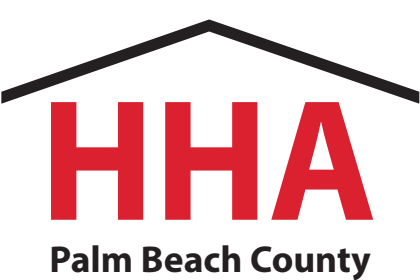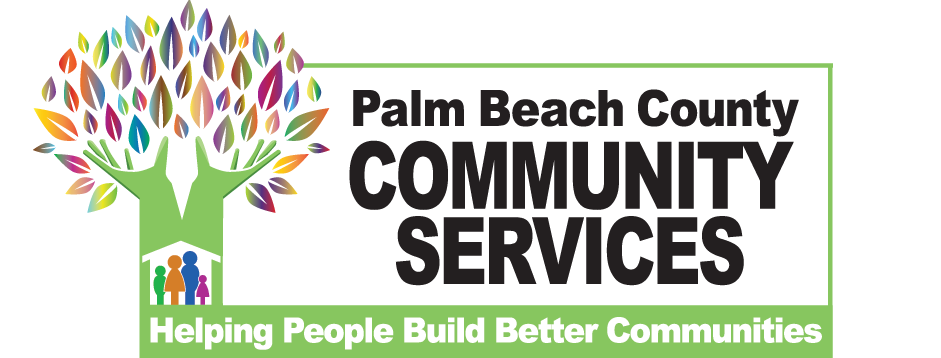What is Collective Impact
The Collective Impact Model relies on five conditions that, together, produce true alignment and lead to powerful results: a common agenda, shared measurement systems, mutually reinforcing activities, continuous communication, and backbone support organizations.
A strong Backbone Support Organization is the first key component of a successful Collective Impact Model. A Backbone Support Organization requires a dedicated staff separate from participating organizations who can plan, manage, and support the initiative through ongoing facilitation, technology and communications support, data collection and reporting, and handling all logistical and administrative details for the initiative to continue to run smoothly. A Backbone Support Organization must embody the principles of adaptive leadership: the ability to focus the attention of people and create a sense of urgency, the skill to apply pressure to stakeholders without overwhelming them, the competence to frame issues in a way that presents opportunities as well as difficulties, and the strength to mediate conflict among stakeholders.
A Common Agenda requires participants to have a shared vision for change. This shared vision begins with a common understanding of a problem and a joint approach to solving that problem through agreed-upon actions. Collective impact does not imply that every participant will always agree with every other participant on all dimensions of a problem, but for successful collective impact, participants must agree on primary goals for the collective impact initiative as a whole.
Funding can play in important role in aligning organizations’ shared vision. By aligning funding around scorecards and measurements, organizations act in concert to work toward the shared vision the scorecard supports.
Shared Measurement Systems is the third condition essential to collective impact. Without an agreement on the ways success will be measured and reported, a common agenda is useless. Collecting data and measuring results consistently ensures that efforts toward a common goal remain aligned and enables the participants to hold each other accountable and able to learn from each other’s successes and failures.
Mutually Reinforcing Activities is the fourth condition in a successful Collective Impact Model and depends on a diverse group of stakeholders working together, each in the area that they excel in, that supports the coordinated efforts of others toward the common agenda. The power of collective action comes not from the sheer number of participants or the uniformity of their efforts, but from the coordination of their differentiated activities through a mutually reinforcing plan of action. Each stakeholder’s efforts must fit into an overarching plan if their combined efforts are to succeed. The multiple causes of social problems, and the components of their solutions, are interdependent. They cannot be addressed by uncoordinated actions among isolated organizations.
Continuous Communication is the fifth critical piece of the Collective Impact Model. Through Continuous Community, trust is developed among nonprofits, corporations, and government agencies. Through communication, each entity begins to recognize and appreciate the common motivation behind their different efforts and understand that their own interests will be treated fairly and decisions are made on the basis of objective evidence.



